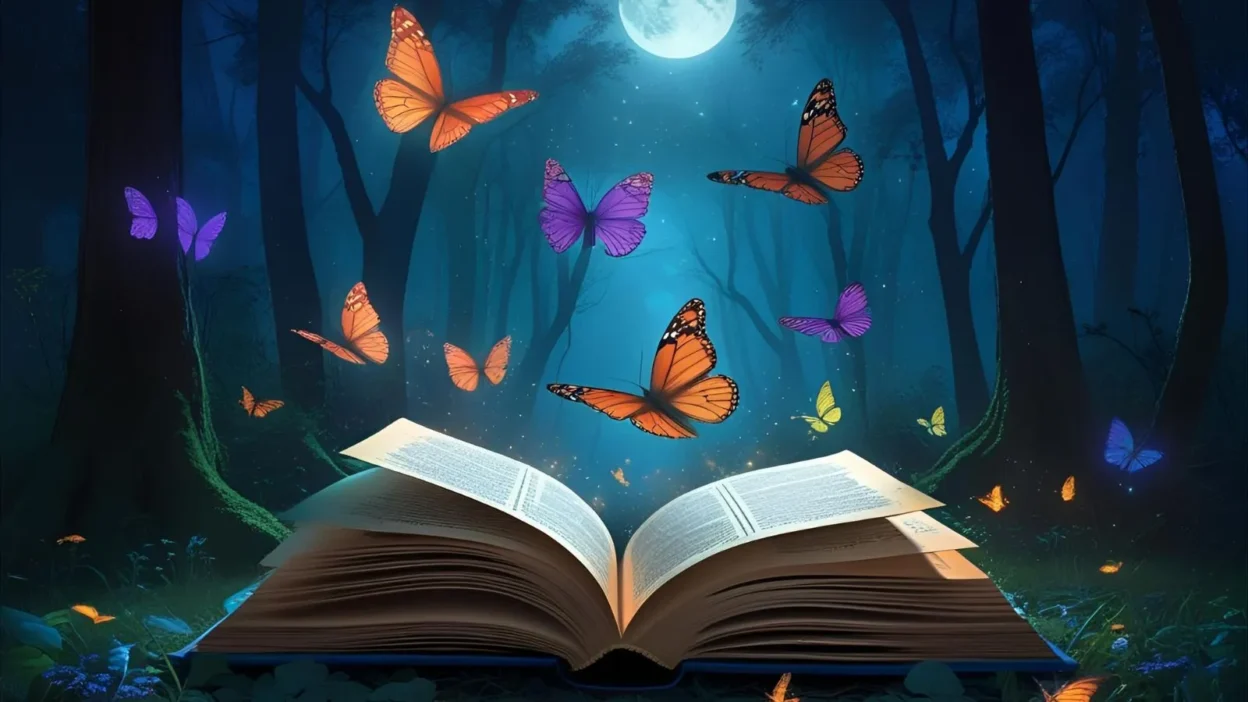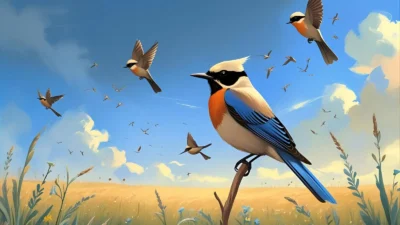I remember walking through a quiet meadow one morning after a deep loss. A single bird flew overhead, then perched silently on a crooked tree.
That moment meant something—though no words were spoken. It felt like a message. That’s the magic of symbolism, especially in poetry.
A bird can mean freedom, a storm might reflect inner chaos, and a flower might whisper hope.
In this blog, we’ll explore symbolism in poetry, so you can uncover the spiritual messages hidden in poems, nature, and even daily life.
Whether you’ve found yourself connecting to an animal in a dream or through verse, symbolism gives us a way to feel what words alone cannot say.
What is Symbolism in Poetry?
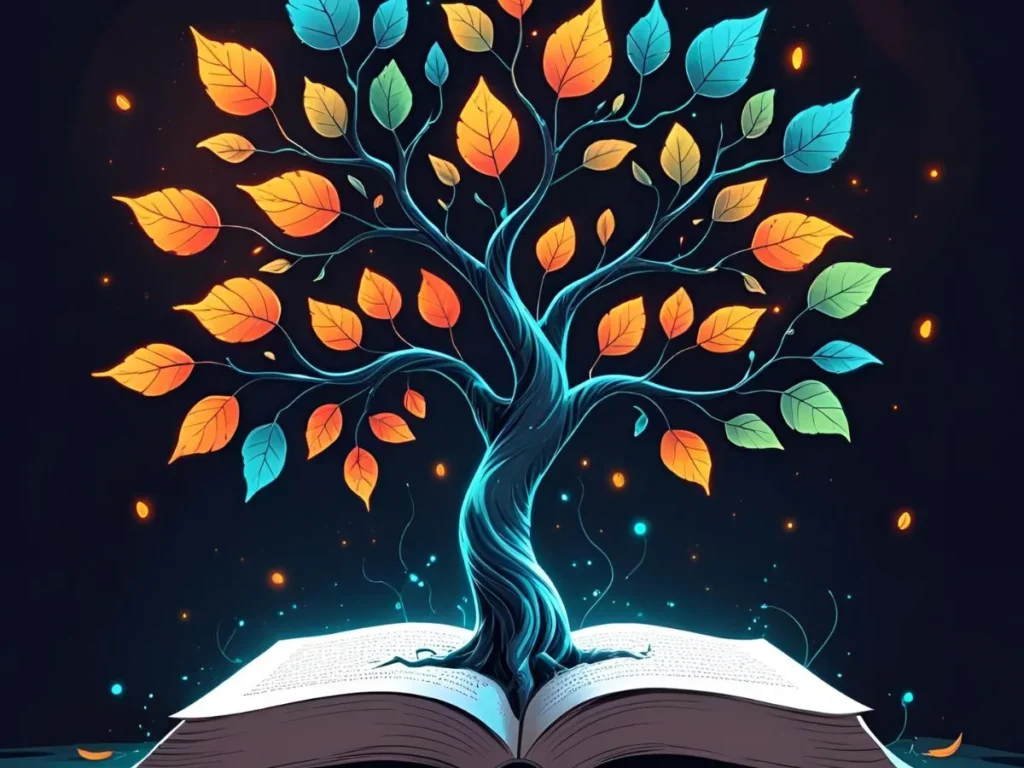
Symbolism in poetry is when a poet uses a word, object, or image to represent a deeper meaning.
It’s like a secret code. Instead of saying “I’m sad,” a poet might describe a wilting flower or a stormy sea.
Symbols help us feel emotions without spelling them out. They connect the seen with the unseen—just like animal encounters often do.
If you’ve ever seen a butterfly and felt hope, or a crow and felt fear, you’ve experienced symbolism without even realizing it.
In poetry, symbols become bridges between words and the spirit. They give us space to reflect, relate, and heal.
Symbolism in Poetry Examples
Let’s look at some examples of symbolism used by famous poets to express big ideas:
- The Raven by Edgar Allan Poe: The black raven is a symbol of death and sorrow. It repeats the word “Nevermore,” echoing the poet’s grief.
- The Road Not Taken by Robert Frost: The “road” is a symbol of life choices. Choosing one path over another reflects our own decisions in life.
- Hope is the Thing with Feathers by Emily Dickinson: Here, a bird becomes a symbol of hope, singing in the darkest times.
Each poet chooses an object from nature or daily life, and uses it to open the heart to emotion and reflection—just like animals often do in spiritual dreams.
Examples of Symbolism in Poetry
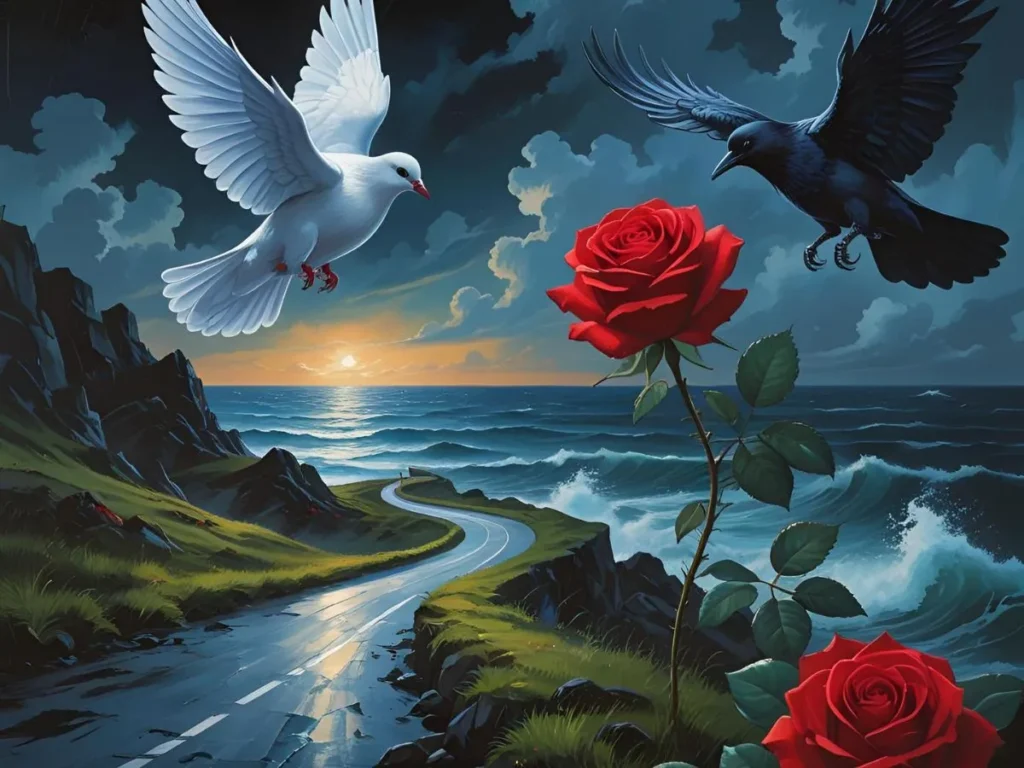
Here are a few more simple but powerful examples of symbolism in poetry:
- A rose: Often symbolizes love, beauty, or even pain (because of the thorns).
- A storm: May symbolize anger, inner turmoil, or spiritual struggle.
- Light: Often stands for hope, truth, or divine presence.
- A snake: Might mean danger, temptation, or even transformation.
In spiritual poetry, symbols often mirror messages from the universe or personal intuition.
When you read a poem, ask: What might this image mean beyond the surface?
Definition of Symbolism in Poetry
The definition of symbolism in poetry is:
A literary device where a word, character, object, or setting is used to represent a deeper, often spiritual or emotional, meaning.
Symbolism adds layers of meaning to a poem.
It makes the poem feel alive, personal, and sacred—just like when an animal crosses your path and you feel a deep message stirring inside you.
Example of Symbolism in Poetry

Let’s break down one poem and highlight the symbolism:
“I wandered lonely as a cloud
That floats on high o’er vales and hills…”
—William Wordsworth
Here, the cloud symbolizes loneliness or drifting thoughts. But later, when he sees daffodils, they become a symbol of joy and healing memory.
Just like a deer in the woods may symbolize gentleness or a fox might bring a message of cleverness, poets use everyday symbols to send emotional and spiritual messages.
Symbolism in Poetry Definition
Let’s revisit and simplify the symbolism in poetry definition:
It’s the use of symbols—objects, animals, colors, or actions—that stand for deeper emotional or spiritual truths.
For example:
- A candle = life or hope
- Water = cleansing or emotions
- Owl = wisdom or a mystical message
When poets write about these things, they’re often not just describing the object—but what it means inside the soul.
What is a Symbolism in Poetry?
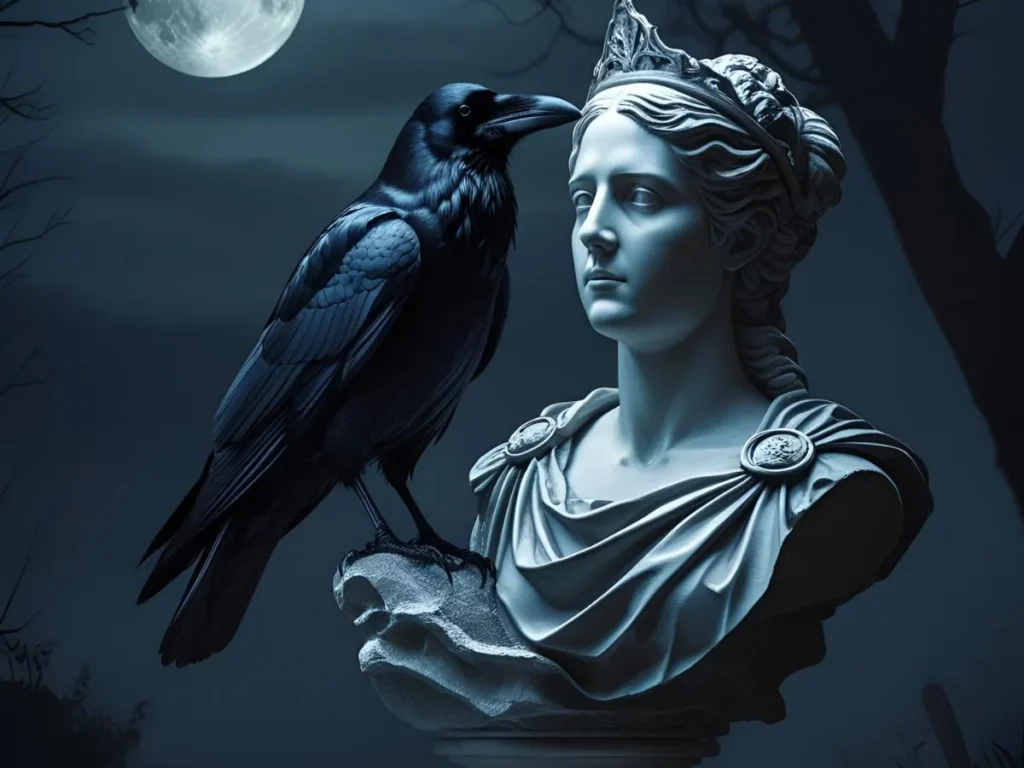
When someone asks, “What is a symbolism in poetry?” it helps to answer with a story.
Imagine a poem about a butterfly fluttering away. It might not be just about a bug—it could mean:
- Change
- Freedom
- Letting go
That’s what a symbolism in poetry is: One thing standing for another, opening the reader’s emotions through imagery.
Real-Life 3 Short Scenarios
1. The Wolf in a Dream
Sara woke up crying. She had dreamed of a lone wolf, watching her silently from a mountain ridge. Later, she read a poem about wolves and realized it symbolized strength in solitude. The dream, like the poem, was telling her she was ready to walk her own path.
2. The Feather in a Parking Lot
Daniel had been grieving his grandmother when he saw a white feather fall beside his car. That night, he read a poem where a feather symbolized a soul’s visit. It felt like a sign—soft, quiet, but full of spiritual comfort.
3. The Deer at Dusk
Amira had been anxious about a big decision. As the sun dipped below the trees, she saw a deer standing still, watching her. She later found a poem where the deer stood for peace, grace, and guidance. She took a deep breath and knew her heart had already chosen.
FAQs About Symbolism in Poetry
1. Why do poets use symbolism in poetry?
Symbolism adds emotional depth and mystery. It helps express feelings too big or complex for direct words. It also allows readers to find personal meaning.
2. Can animals be symbols in poetry?
Absolutely! Animals often represent traits or messages. For example, a lion might mean courage, and a butterfly might show transformation.
3. How do I know what a symbol means in a poem?
Look at the emotions the symbol brings. What’s happening in the poem? Also, trust your intuition—especially if the symbol reminds you of something in your own life.
4. Is symbolism always spiritual?
Not always, but it can be. Many poets write with spiritual layers—using symbols to speak about the soul, the universe, and healing journeys.
5. How can I write symbolism in my own poems?
Start with what moves you. Use nature, colors, or animals to stand for deeper truths. Think: What does this feel like? Then write from the heart.
Conclusion:
Poetry and nature speak the same language: symbolism. Whether you’re reading a verse or seeing a hawk soar above your car, these moments invite you to pause and reflect.
There’s more beneath the surface—more meaning, more emotion, more connection.
Just like poems hide stories in symbols, life hides messages in encounters. That rabbit on your path? That bee buzzing at your window? That word in a poem that gave you goosebumps?
These are not random. They are symbols calling your spirit to awaken, to feel, and to heal.
So next time you read a poem, look for what’s not said. Feel what’s beneath the words. And remember: the universe is always speaking. Sometimes, it just uses poetry to whisper to your soul.

